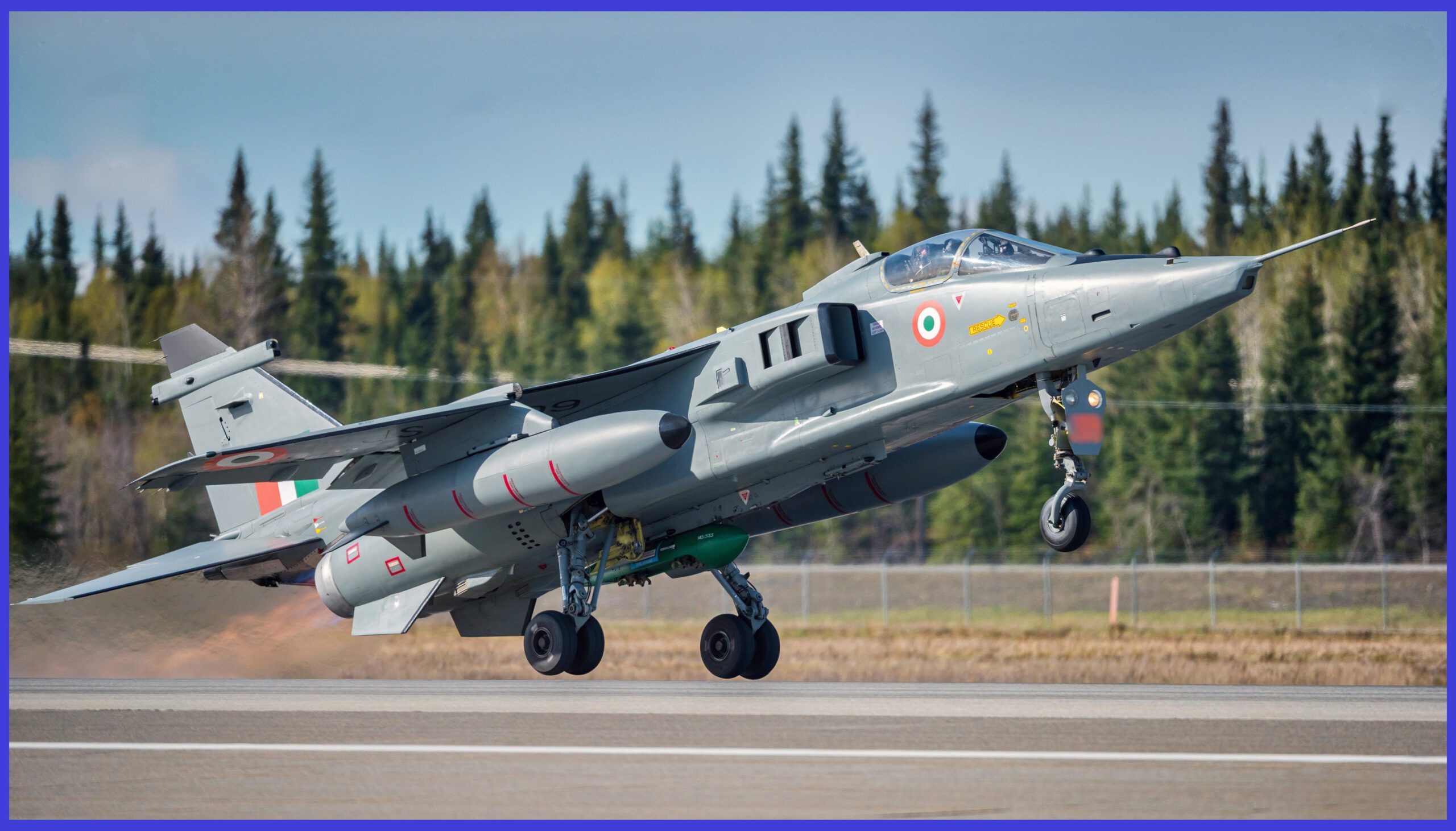The SEPECAT Jaguar is a versatile ground-attack and reconnaissance aircraft developed by the United Kingdom and France in the late 1960s. Discover the best of the SEPECAT Jaguar Aircraft, an all-weather attack aircraft of the Indian Air Force (IAF), presently in service. Because of its continuous upgrades and rugged landing gear design, it makes an ideal choice to remain with the IAF until 2030.

The aircraft features a swept-wing design, twin-engine propulsion, and advanced avionics for its time. The Jaguar boasts a maximum speed of approximately 1,056 miles per hour (1,700 km/h) and a range of over 1,000 miles (1,600 km). Its primary role is low-level strike missions, armed with a variety of air-to-ground munitions. Equipped with advanced radar and navigation systems, it excels in both day and night operations.
The Jaguar has served in various air forces worldwide, proving its adaptability and effectiveness in diverse operational scenarios. Its sturdy build, coupled with a potent weapons payload, makes the SEPECAT Jaguar an enduring and respected presence in military aviation.
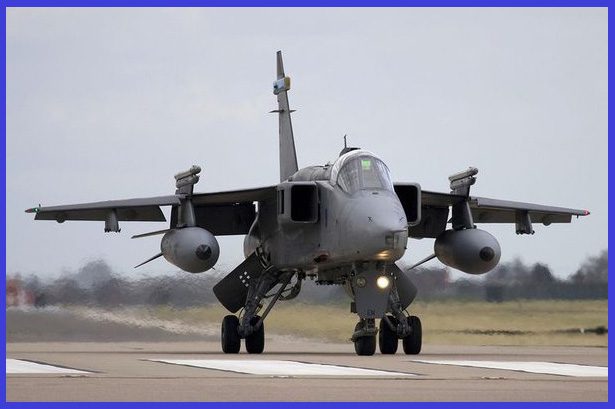
The SEPECAT Jaguar, since its inception, has played a crucial role primarily utilized by both the British Royal Air Force and the French Air Force for close air support and nuclear strike missions. Notably, the French Air Force retired the Jaguar on 1 July 2005, replacing it with the Dassault Rafale, while the Royal Air Force followed suit, phasing it out by the end of April 2007, with the introduction of the Panavia Tornado and Eurofighter Typhoon.
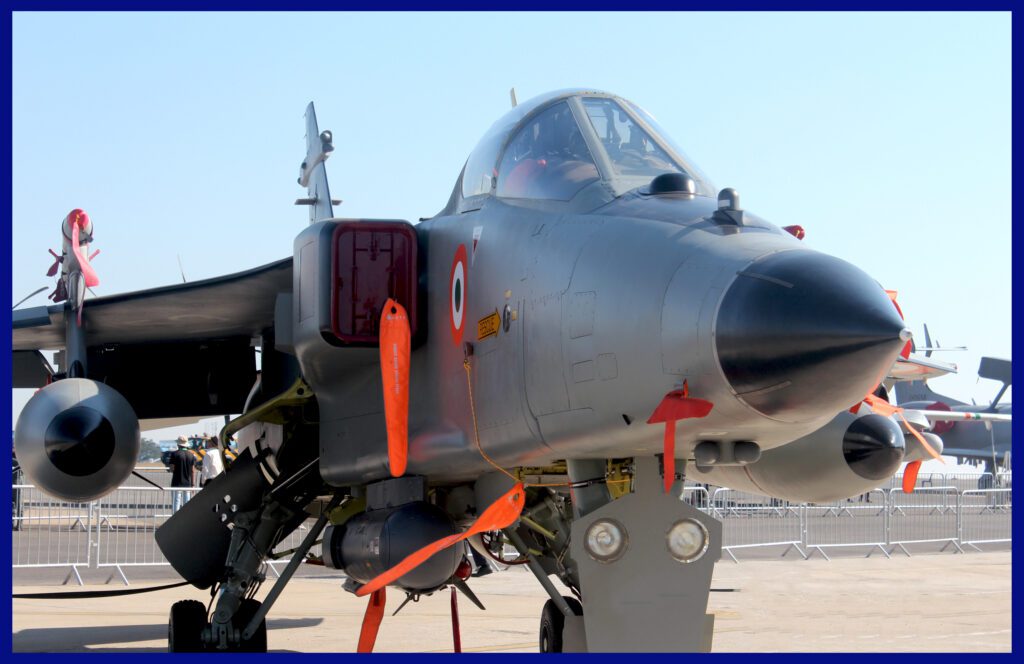
Development of the Anglo-French SEPECAT Jaguar Aircraft
The aircraft is a collaborative effort between Britain and France, originating in the 1960s through a partnership between Bréguet (later Dassault) and the British Aircraft Corporation (BAC). The project’s inception was driven by the shared objective to develop a cost-effective and versatile aircraft that could fulfil the evolving requirements of both the Royal Air Force (RAF) and the French Armée de l’Air.
Formally initiated in 1965, the aircraft was designed to serve various functions, including ground attack, close air support, and tactical reconnaissance. Collaborative negotiations across the English Channel resulted in the establishment of SEPECAT (Société Européenne de Production de l’Avion d’École de Combat et d’Appui Tactique – the “European company for the production of a combat trainer and tactical support aircraft”). The Jaguar seamlessly integrated British and French design elements, showcasing a swept-wing configuration and a twin-engine layout for superior performance. This joint effort highlighted the increasing trend of European nations combining their resources for collaborative military aviation projects.

A distinct partnership emerged between Rolls-Royce and Turbomeca for developing the Adour afterburning turbofan engine. As a result of these collaborative endeavours, the inaugural flight of the first among eight prototypes occurred on 8 September 1968, featuring a two-seat design equipped with the initial production model Adour engine. Both single-seat and tandem two-seat combat-capable trainer versions were manufactured, identified as the Jaguar S (GR. Mk 1 and later GR Mk 1A) and Jaguar B (T. Mk 2) correspondingly, intended for the Royal Air Force (RAF). Additionally, variants named Jaguar A and Jaguar E were developed for the French Armée de l’Air.
In 1973, the French Air Force received the initial production Jaguar, marking the delivery of one of the 160 eventual single-seat Jaguar As. To facilitate type conversion training, France also procured 40 two-seat Jaguar E aircraft. Following this, the Royal Air Force (RAF) accepted the delivery of the first batch of 165 single-seat Jaguar GR1s, with the aircraft officially entering service in 1974.
A two-seat training version was specifically designed for the Royal Air Force, consisting of one prototype and 38 production aircraft. In total, 573 Jaguar fighter aircraft, encompassing export variants, were constructed from 1968 until the conclusion of production in 1981. Subsequently, under a licensing agreement, Hindustan Aeronautics Limited (HAL) took charge of manufacturing for the Indian Air Force, undertaking both new builds and upgrade initiatives.

Analyzing the Design of the Jaguar Aircraft
The design of the SEPECAT Jaguar reflects a strategic balance between versatility, performance, and cost-effectiveness. Several key design elements contribute to its success as a medium-category multi-role aircraft:
Swept-Wing Configuration: The Jaguar showcases a swept-wing design, optimizing its aerodynamic performance for both high and low-level flight. This particular design choice enhances the aircraft’s agility and efficiency across various mission profiles. The high-wing design offers a significant advantage for low-level flight and deep penetration capabilities. The combat radius, with external fuel, is 1,408 km (875 mi) hi-lo-hi, providing the Jaguar with an operational range surpassing that of competitor aircraft, such as the Mikoyan MiG-27.
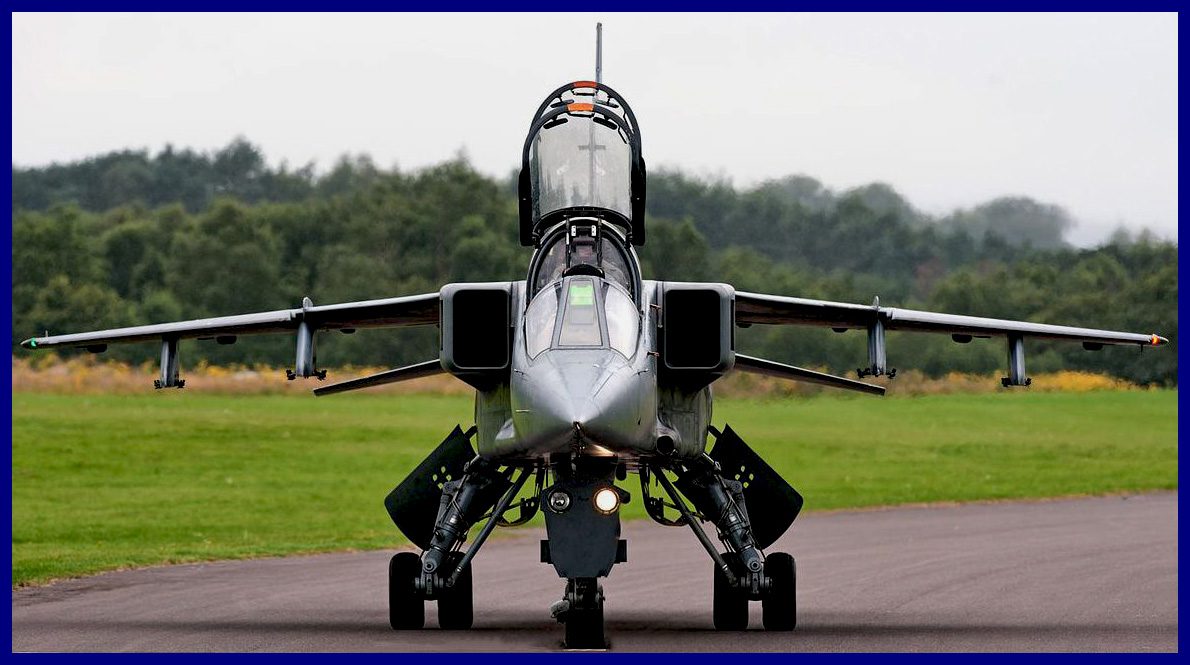
Robust Airframe: The Jaguar’s sturdy airframe is designed to withstand the rigours of low-level flight, a critical aspect for ground attack and reconnaissance missions. This durability contributes to the aircraft’s longevity and operational effectiveness.
Twin-Engine Layout: With two engines, the Jaguar gains redundancy and improved thrust, providing reliability and performance during its missions. This configuration is particularly advantageous for ground-attack and reconnaissance roles, where power and maneuverability are crucial. The SEPECAT Jaguar is equipped with the Rolls-Royce Turbomeca Adour turbofan engine, developed in parallel with a primary focus on the Jaguar. A distinct partnership between Rolls-Royce and Turbomeca was established to design the Adour, characterized as a two-shaft turbofan engine with an afterburner.
The selection of twin engines was driven by considerations of survivability. The ease of maintenance was a significant factor, allowing for an engine change within a 30-minute timeframe. Specifically tailored for the Jaguars, the engine required a low bypass capability, enabling high thrust for takeoff, supersonic flight, and low-level dashes.
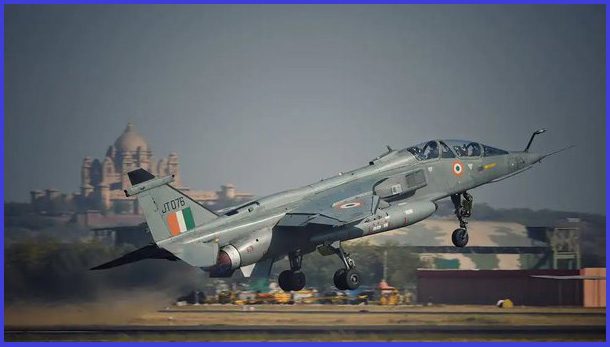
Armament Capability: The design of the Jaguar accommodates a versatile array of weaponry, encompassing bombs, rockets, and missiles. This adaptability enables it to effectively engage a broad spectrum of targets, performing proficiently in both air-to-ground and air-to-air roles. The aircraft is equipped with four underwing hardpoints, two overwing pylons for AAMs, and a centerline position, boasting a capacity of 10,000 lb (4,500 kg). Additionally, twin cannons are incorporated into the forward fuselage.
Typical armaments included the MATRA LR.F2 rocket pod, BAP 100-mm bombs, MATRA AS37 anti-radar missiles, AIM-9 Sidewinder missiles, and Rockeye cluster bombs. The RAF’s Jaguars acquired additional weaponry during the Gulf War, incorporating CRV7 high-velocity rockets and American CBU-87 cluster bombs. The exported Jaguar featured the unique option of overwing pylons, utilized for short-range air-to-air missiles, such as the Matra R550 Magic or the Sidewinder. Currently, operational IAF Jaguars are fitted with ASRAAM missiles.
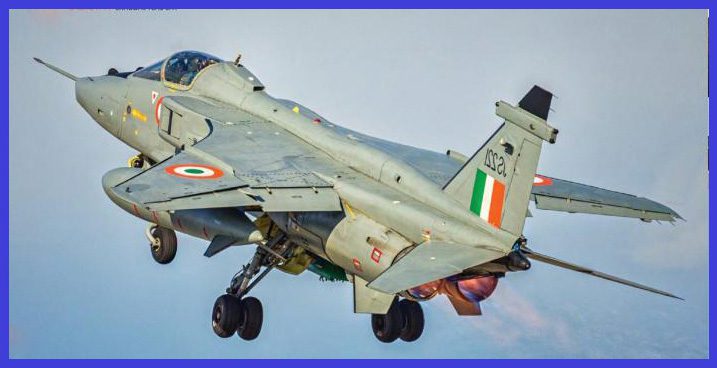
Avionics and Navigation Systems: The incorporation of advanced avionics and navigation systems enhances the Jaguar’s precision and effectiveness in various environments. These systems contribute to the aircraft’s ability to operate day and night, under diverse weather conditions.
The Jaguar had an attack and navigation system installed from the beginning. The GR1s featured a completely new digital system with an inertial navigation system, heads-up display, and an LRMTS (Laser Ranging and Marked Targeting System) in the nose, while the A versions had a dependable double gyroscopic system and a Doppler radar developed from the Mirage IIIE.
Many other systems were added over time, such as the Atlis II on French aircraft and the laser-designator devices fitted to some GR1s in 1994–95. Additional missiles included the AS-30 and the anti-ship Sea Eagle. For maritime strikes, several IAF aircraft were equipped with the Agave radar system. With a contemporary 1553 databus, India’s Jaguar fleet subsequently integrated the DARIN system.
A new HUD, stick top, hand controller, integrated GPS, and TERPROM Terrain Referenced Navigation were all incorporated in the interim GR3 (Jaguar 96) upgrade. The newly designed EO GP1 (JRP) digital reconnaissance pod, a helmet-mounted sight, enhanced cockpit displays, a datalink, and enhanced compatibility with night vision goggles were all featured on the further modified Jaguar GR3A.

Adaptability: The aircraft’s modular design allows for easy reconfiguration to fulfil different roles, such as a ground attack, close air support, and tactical reconnaissance. This adaptability makes the present Indian Air Force (IAF) Jaguar a versatile platform capable of meeting evolving mission requirements
Alongside this article, seize the exclusive opportunity to acquire premium 1/72 scale diecast models of legendary fighter jets, including the Rafale, Typhoon, Mirage 2000, and Tornado. Available only at Air Models, these masterpieces embody sheer excellence. These remarkable and iconic long-range military fighters boast impeccable track records and are now available for purchase on AirModels with worldwide delivery. Click here now to secure your piece before the limited stock is depleted.

Indian Air Force (IAF) Jaguar and DARIN-III Upgrade
The decision to choose the Jaguar over the French Dassault Mirage F1 and the Swedish Saab Viggen resulted from a comprehensive and demanding evaluation process. The Indian Air Force (IAF) emerged as the largest customer, placing a $1 billion order for the aircraft in 1978. This order included 40 Jaguars manufactured in Europe at Warton and 120 license-built aircraft from Hindustan Aeronautics Limited (HAL) under the local name Shamsher.
As a temporary solution, 18 RAF Jaguars were assigned to the IAF, with the first two becoming operational in Western Air Command by July 27, 1979. The second batch of aircraft for the IAF consisted of 40 Jaguar Internationals built at Warton, with the first delivery in March 1981. HAL constructed a total of 80 aircraft. Currently, the IAF operates 139 Jaguars. HAL built the single-seat Jaguar IS, the two-seat Jaguar IT, and the single-seat Jaguar IM anti-shipping aircraft with conical nose radomes.
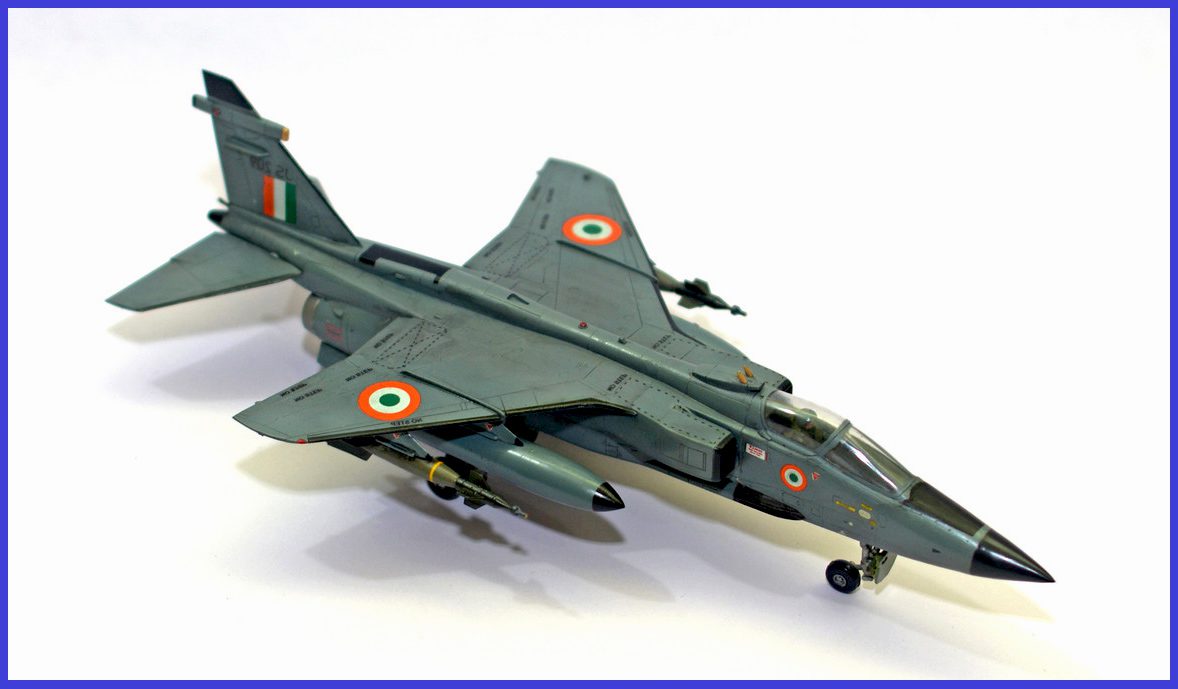
Subsequent Operations of the Jaguar Aircraft
Indian Jaguars were employed for reconnaissance missions in support of the Indian Peace Keeping Force in Sri Lanka between 1987 and 1990. Subsequently, they actively participated in the 1999 Kargil War with Pakistan, deploying both unguided and laser-guided bombs, where they were used for precision strikes against enemy positions on the mountainous terrain.
The IAF designated its role as a “deep penetrating strike aircraft.” Additionally, the Jaguar is utilized in limited numbers for anti-ship operations, equipped with the Sea Eagle missile. The Jaguar remains a crucial component of the Indian military, noted alongside the Mirage 2000 as one of the few aircraft capable of executing nuclear strikes.

Updates in Compliance with IAF Standards
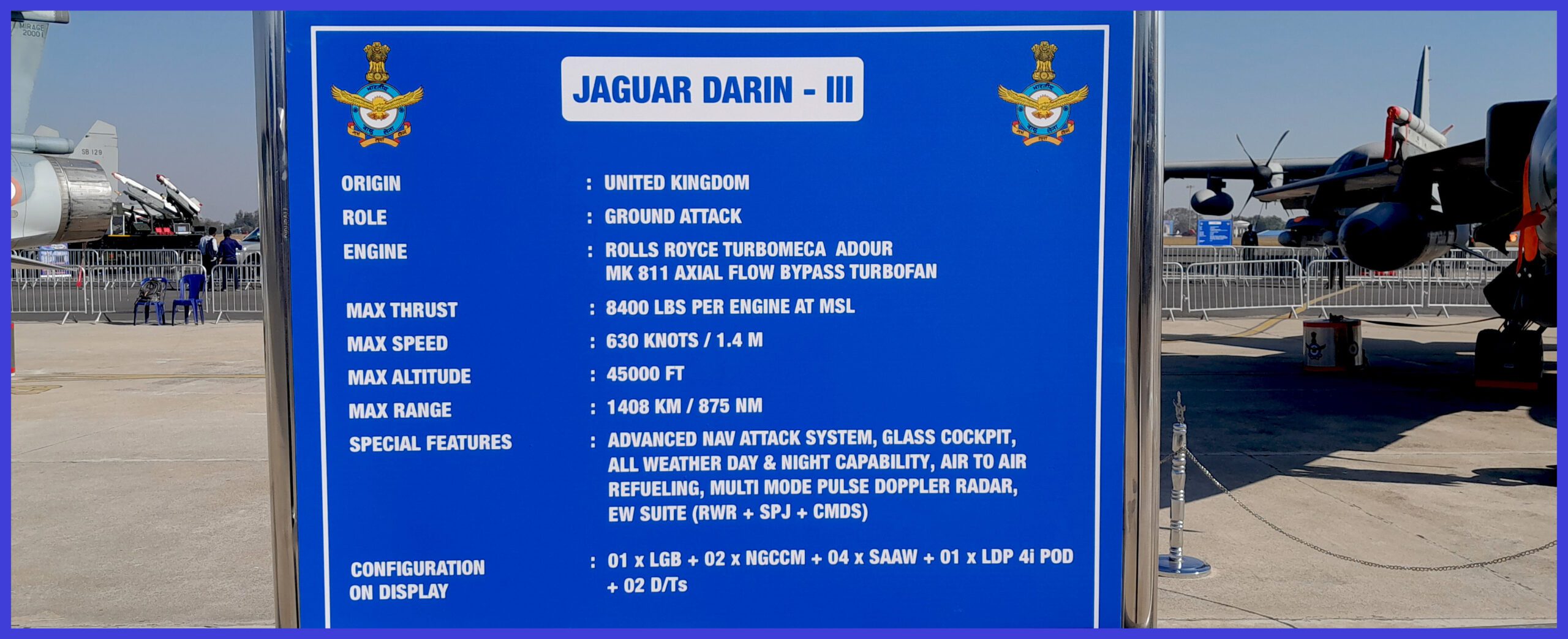
Despite its age, the Jaguar remains a valuable asset for the IAF. Its versatility, reliability, and effectiveness make it a valuable tool for a range of missions, and its upgrades have ensured that it remains a capable and modern aircraft in today’s complex operational environment, with a commitment to be in the IAF arsenal until 2030.

Jaguar DARIN-III Specifications
- Crew Configuration: 1 or 2, Depending on the Variant
- Dimensions: Wing Span 28ft 6 in (8.69 m), Length 55 ft 3 in (16.84 m), Height 16 ft 1 in (4.90 m)
- Powerplant: Two Rolls-Royce Turbomeca Adour Mk 811 axial flow bypass turbofans with Afterburning capability.
- Gross weight: 10,954 kg (24,149 lb) full internal fuel
- Max takeoff weight: 15,700 kg (34,613 lb) with external stores
- Performance: Max speed 1698 km/h (1,055 mph ), Mach 1.6 at 11,000 m (36,000 ft)
- Max service ceiling: 14,000 m (46,000 ft)
- Initial Climb rate: 6096 m ( 20,000 ft ) per min
- Fuel and Load: 4,200 L ( 1,100 US gal ) internal, with provision for three 1,200 L ( 320 US gal ) drop tanks on inboard and centreline pylons
- g limits: max 8g
- Ferry Range: 1,902 km ( 1,182 mi ) with full internal and external tanks
- Combat range: 815 km (506 mi ) hi-lo-hi (internal fuel) / 575 km (357 mi ) lo-lo-lo (internal fuel) / 1,408 km (875 mi ) hi-lo-hi (with external fuel) / 908 km (564 mi ) lo-lo lo (with external fuel)
- Armaments: Guns: 2 x 30 mm 150 round DEFA Cannon
- Hardpoints: Total 7 (4× under-wing, 2× over-wing, and 1× centre-line) with a capacity of 10,000 lb (4,500 kg), equipped to carry combinations of missiles, including 2 ASRAAM (air-to-air missiles), AS-37 Martel, Rudram (anti-radiation missile), Harpoon, Sea Eagle (anti-ship missile), SAAW (precision-guided munition), along with various unguided or laser-guided bombs.

In conclusion, the SEPECAT Jaguar stands as a testament to the success of international collaboration in aviation design. Its well-balanced features, including the swept-wing configuration, twin-engine layout, and modular design, showcase a thoughtful approach to meeting the diverse needs of ground attack, close air support, and reconnaissance missions. The aircraft’s adaptability, robust airframe, and advanced avionics underscore its effectiveness in various roles and operational environments. It is truly a marvel of human engineering and a testament to our enduring quest for excellence.
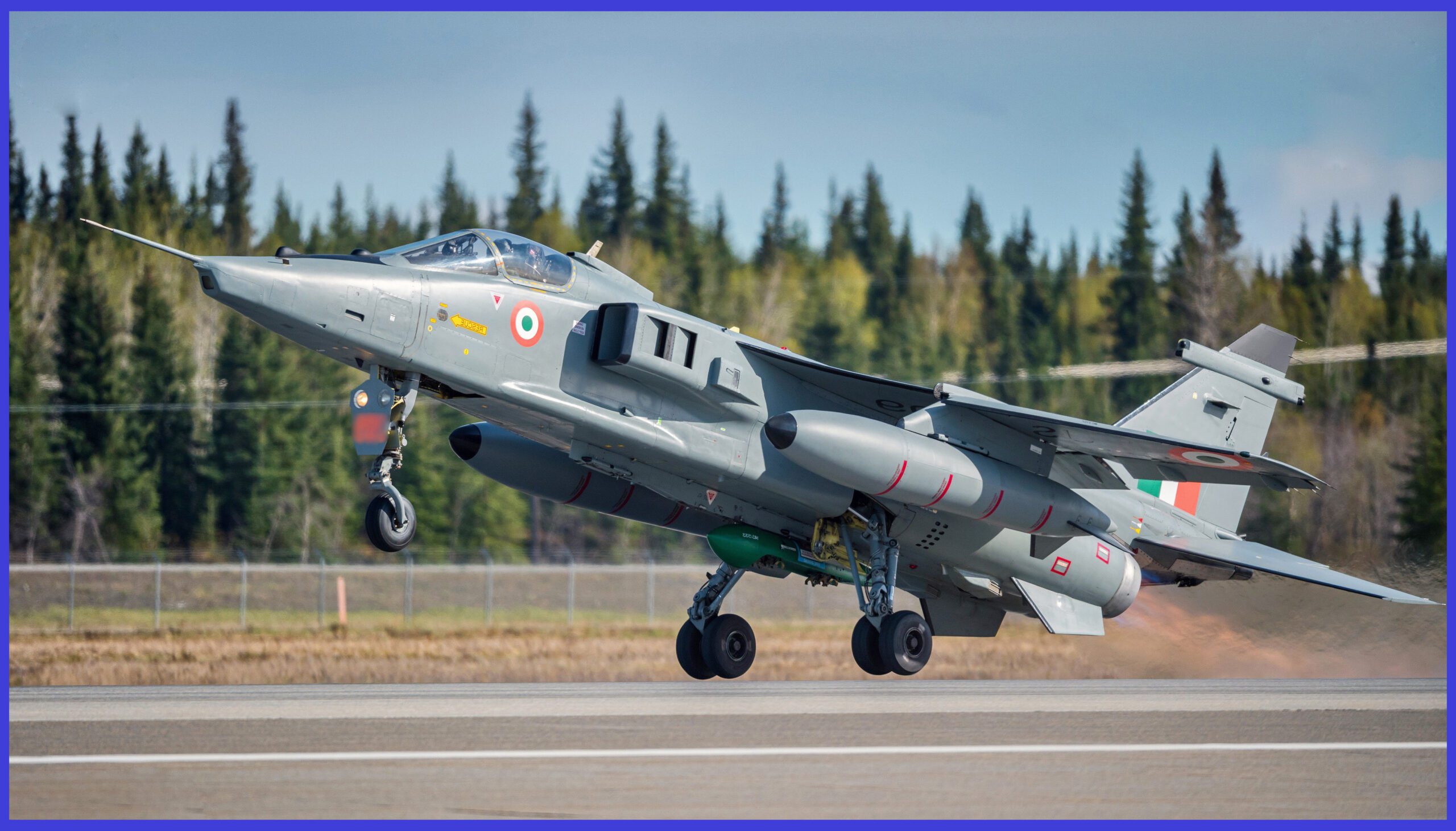
Important Announcement for Our Valued Readers!
After an article is published, it is possible that updates or changes may have occurred beyond the time of publication. Therefore, it is important to be aware that certain information in the article might be outdated. To ensure the most accurate analysis, it is highly recommended to verify the content with the latest sources available.
However, we are dedicated to delivering outstanding articles on military products and global updates. Maintaining quality and smooth operation requires resources. Your support sustains our efforts in providing insightful content. By purchasing high-quality products through our affiliated links, you help us keep our platform alive and acquire top-notch items. Your unwavering support is invaluable and inspires us to strive further.
We welcome your suggestions and requests for more information, as we value feedback from our readers. If there’s specific defence material or equipment not covered on our site, please share your request in the comments. We’ll strive to research and provide the required information. We sincerely thank you for your unwavering interest in our website, and we eagerly anticipate hearing from you! Enjoy your reading experience!
